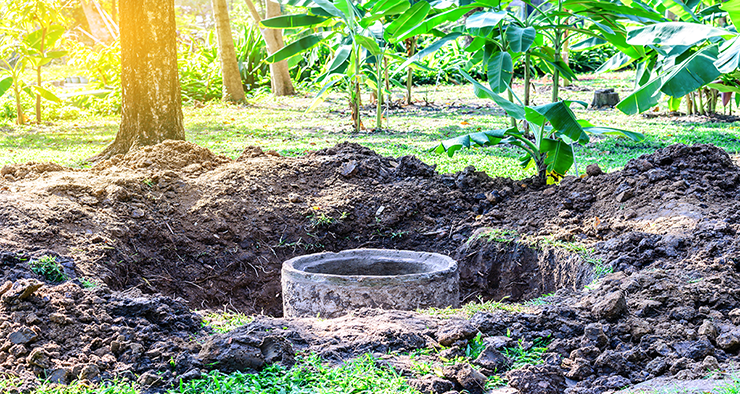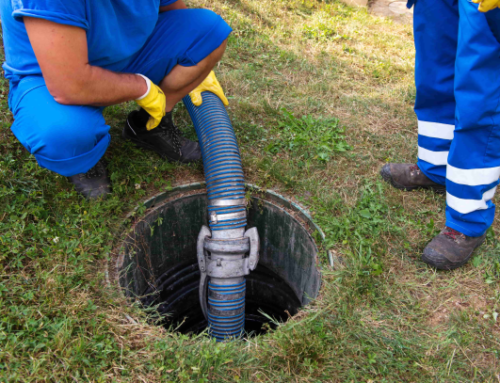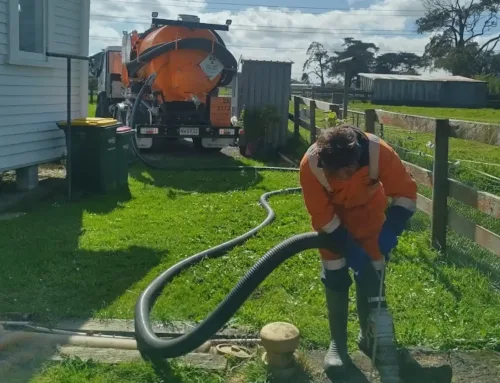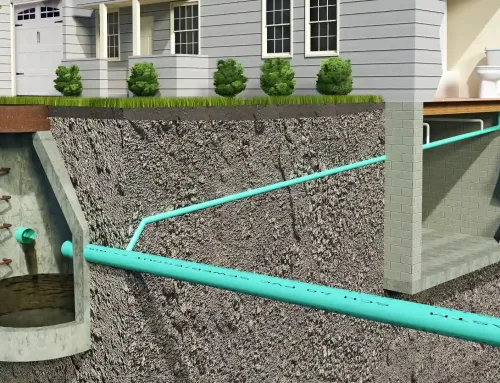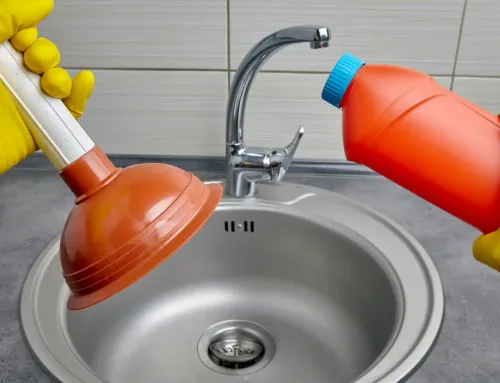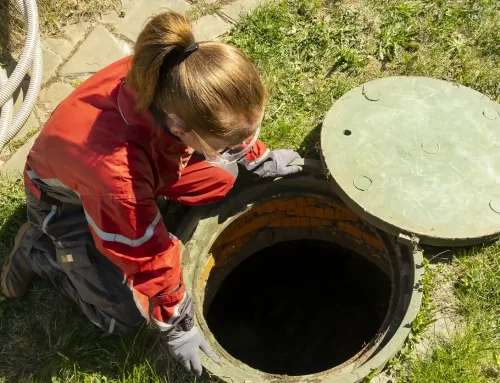What is a Septic Tank?
When planning to input a new septic tank installation in New Zealand, it is a wise idea to do research in order to gain important information about how to properly care for a septic system. Here are some basic facts about septic tank systems. A septic system includes three main components:
- The homes plumbing system
- The septic tank
- The soil treatment area
All three septic system parts must be functioning properly for the system to effectively treat and dispose of wastewater. Septic tank installations involve ensuring that all components are installed correctly to provide optimal performance throughout the years.
If you have queries or concerns about your septic tank, it is essential that you speak with a licensed company that serves your local area. With assistance from technicians that specialise in the installation, treatment and cleaning of septic systems, it is possible to keep your septic system running successfully for many years to come.
What is a Septic Tank System?
A septic tank is a large, subterranean watertight container that is connected to the homes sewer line. While typically designed with a ranging capacity from 700L right up to 7000L, the number of people residing in the home will determine the size of the tank. Septic tanks are usually cylindrical though may also be rectangular. They are constructed of either concrete, fiberglass or polyethylene.
Raw wastewater from the bathroom, kitchen and laundry flows into the tank where the solids separate from the liquid. Light solids such as soap suds float to the top and forms a layer. This layer gradually thickens until you have the septic tank cleaned. The liquid waste goes into the drain field, while the heavier solids settle to the bottom where they are gradually decomposed by bacteria. However, some non-decomposed solids remain, forming a sludge layer that must be pumped out.
What is a Drain Field?
A drain field is a long underground pipeline consisting of perforated pipes or tiles and is connected to the septic tank. The network of pipes is laid in gravel-filled trenches or beds in the soil. Liquid waste flows out of the tanks and is evenly distributed into the soil through the piping system. The size and type of the drain field depends on the estimated daily wastewater flow and soil conditions.
Having your septic tank cleaned is like getting your car serviced. By maintaining the system properly you will extend the life and improve the efficiency of the septic tank.
